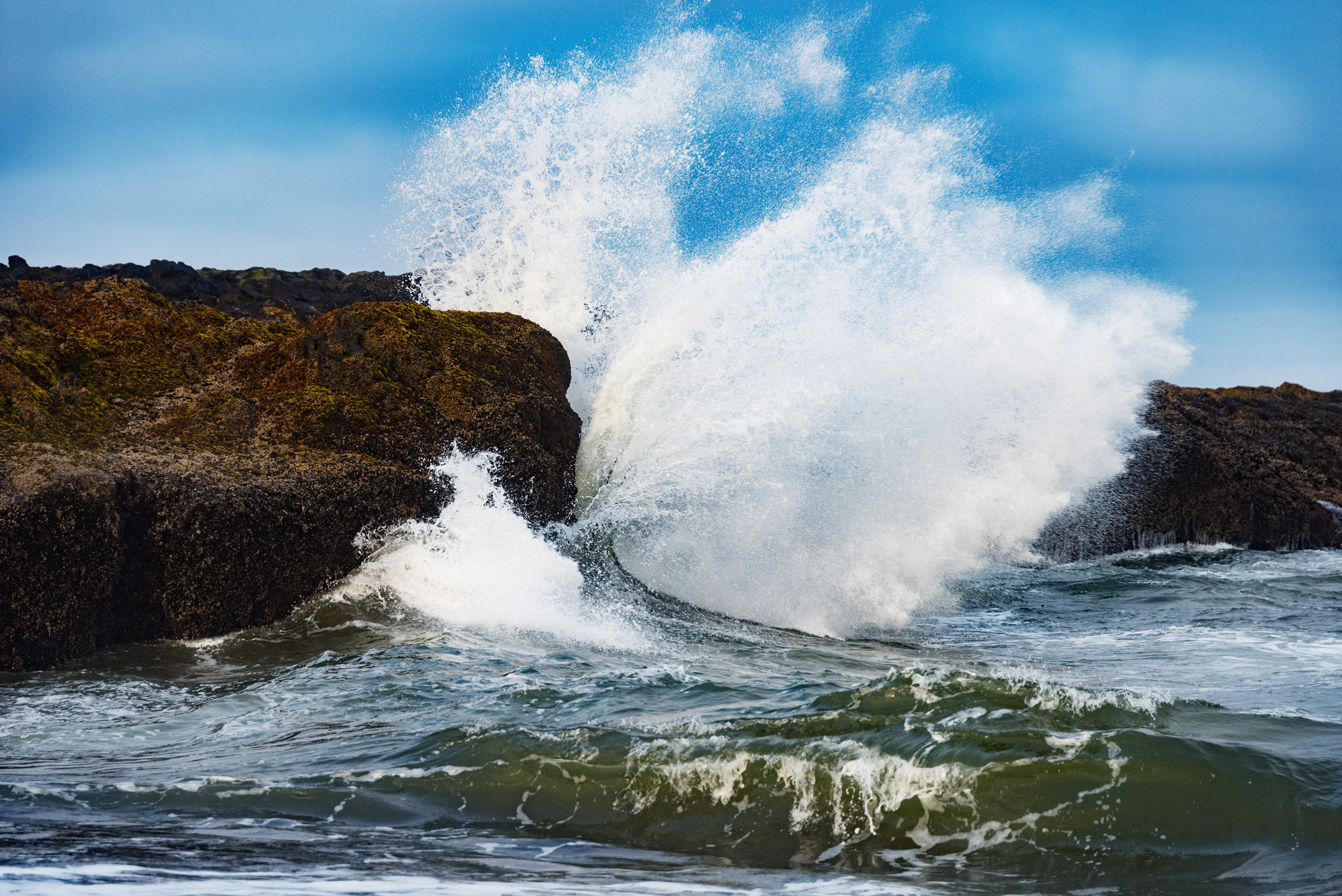
Ocean Safety at the Oregon Coast
We here at the The Fireside Motel want you to have a great time during your stay with us. A trip to the beach, after all, should be fun and memorable, for all the right reasons!
Whether you’re walking along the beach to enjoy the ocean air, visiting tidepools to catch a glimpse of sea creatures, or eager to swim or surf, take a moment to check that the ocean conditions are safe for your planned activity.
Safety first
Oregon State Parks offers these excellent beach safety guidelines:
1. Watch out for sneaker waves. Sneaker waves are unexpected wave surges that can knock adults and children off their feet and pull them out to sea. Without warning, these waves can surge along the coastline. They are powerful enough to lift logs. To avoid sneaker waves, the National Weather Service recommends the following:
- Get a feel for the ocean’s wave patterns before going near the water.
- Vigilantly watch the ocean for changes in wave patterns. Conditions can change quickly.
- Know the local weather forecast and any beach hazards for the day.
- Stay farther back from the ocean than you think is necessary.
- Never stand or go near logs on the beach or in the surf. Logs become heavier as they absorb water, and sneaker waves are powerful enough to lift even the heaviest of logs.
- Never stand on rocks near crashing ocean waves.
- Never turn your back on the ocean.
2. Stay on designated hiking trails. Rocks can be slippery and cliffs can be unstable because of erosion.
3. Know the tides. If you’re planning to explore tidepools or visit secluded beaches, know when the tide will be coming in to ensure that you can return safely to higher ground. Tide tables are available at our front desk.
4. Don’t panic if caught in a rip current. Fast-moving rip currents can challenge even the most experienced swimmers. First, stay calm. Rip currents are usually narrow. To escape it, swim parallel to the shore. Once out of it, swim at an angle back to land.
5. Move to higher ground in the event of a tsunami. The Pacific Coast is at risk from both local and distant tsunamis, which are earthquake-generated waves of displaced ocean water. If you feel an earthquake, drop, cover and hold on until the shaking stops. Then go to high ground. Don’t wait for an official emergency tsunami warning—that shaking is your warning. If you are in your car, leave it and run inland. Stay on high ground, even if it’s for several hours, until given the official all clear. Learn more about what to do if tsunami warning is issued on the Oregon Coast.
OCEAN & BEACHES
